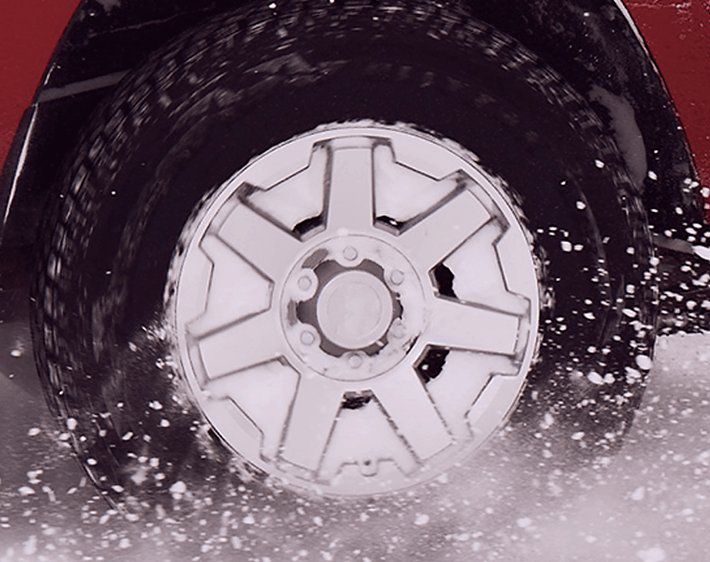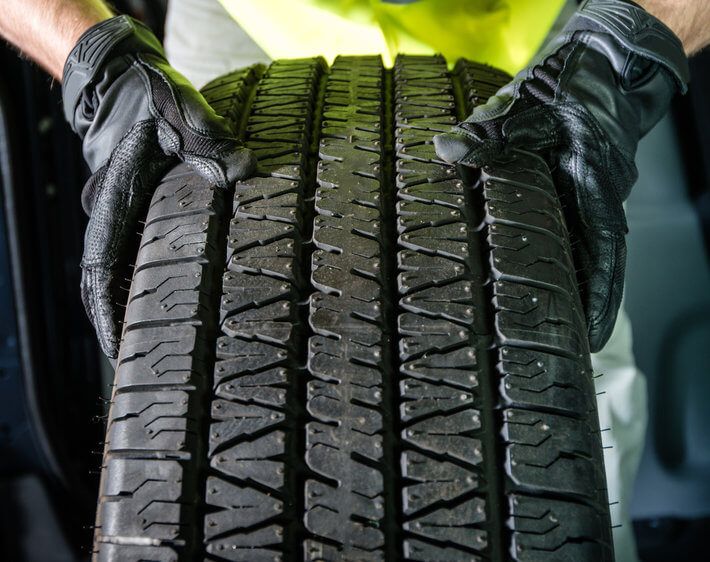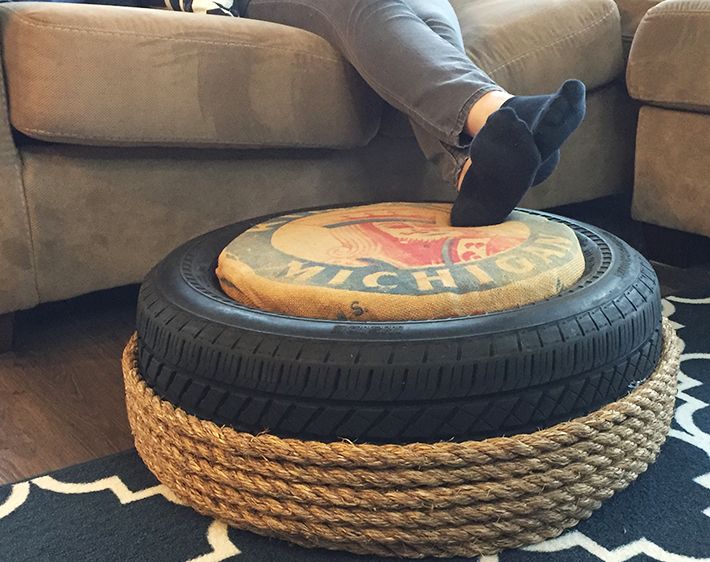Even in more temperate climates, winter can serve up some treacherous driving conditions. Sleet, slush and yes, the unexpected snow, can test the traction on your tires. So it makes sense to switch to winter tires when the temperature drops and the chance for accumulation rises. But the question remains: can you get away with two winter tires or do you need four?
Why do I need winter tires where I live?
It has to do with temperature. When the mercury drops below 40 degrees, the rubber used on all-season tires stiffens, offering less traction to grip the road. Winter tires are designed to remain flexible and offer deeper tread depths to reduce slushy buildup from the road.
So, can I get away with installing two?
In a word: no. Some motorists who have either front- or rear-wheel drive may think they only need to install winter tires on their driver wheels. Those motorists would be wrong. In fact, those motorists are actually putting themselves in danger.
Using snow tires only on the front means your back tires won’t have as much grip, causing your car to fishtail or spin out when cornering or braking. Likewise, installing winter tires only on the rear means the wheels that do the steering won’t grip as well as those that provide the power to your car. The result is a loss of steering control and overall handling that could lead to a collision. The safest option is to always install four winter tires.
Then why not use winter tires year round?
Because that’s not what they’re designed for. The pliable rubber that increases traction in colder weather is too soft to offer crisp driving performance and response when the temperature returns to normal. The softer tread will also wear down faster when it’s hot outside, which means you’ll have to replace your tires more often – and that means you’re costing yourself more money in the long run.



